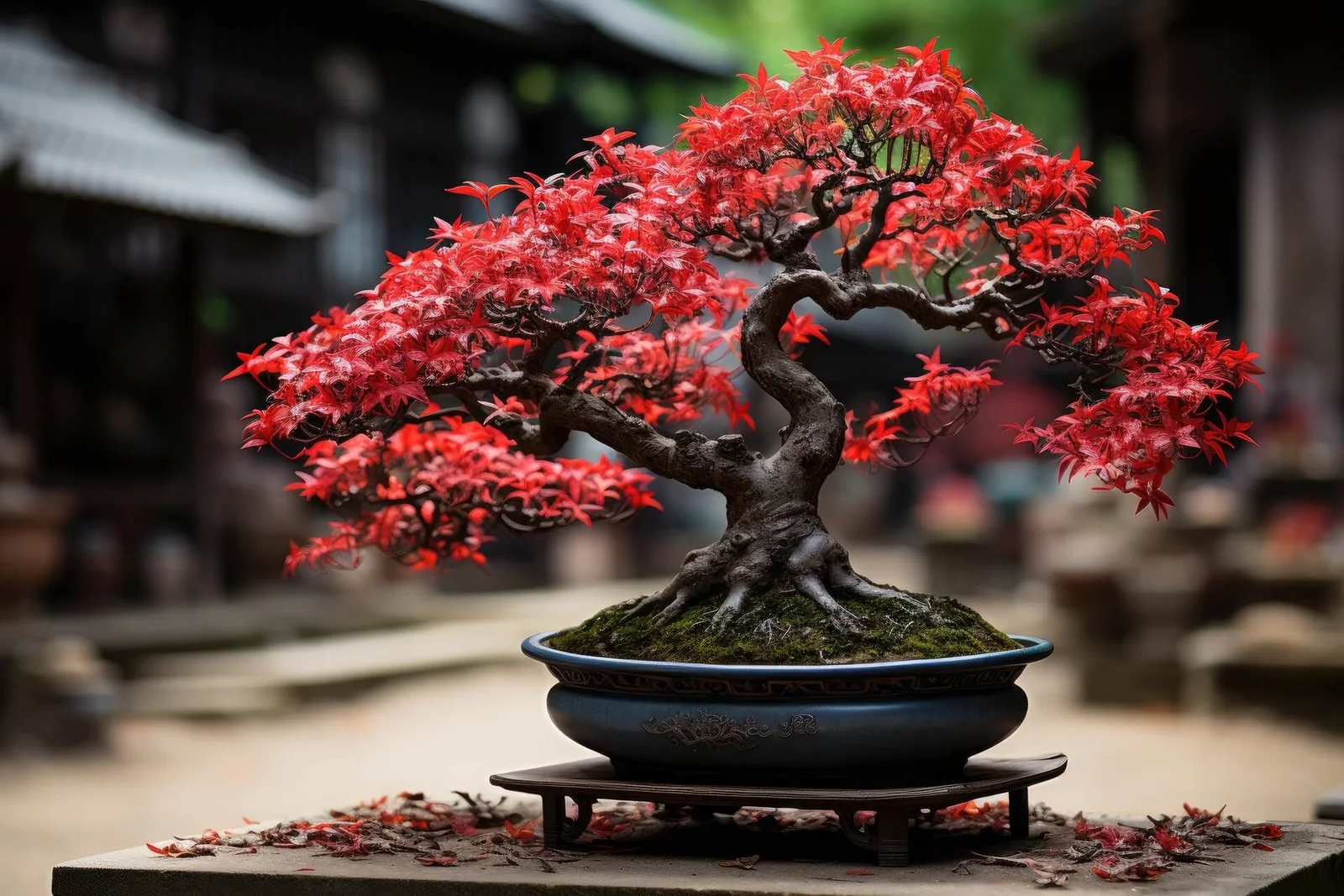Table of Contents
Serissa bonsai, known as snow rose bonsai (Serissa foetida), is a charming indoor bonsai.It blooms with small white flowers from June to July, adding a touch of elegance to your space.
You can keep this bonsai indoors all year round.

Fertilizing Your Serissa Bonsai
Fertilizing a Serissa bonsai is crucial during the growing season from April to October. This period sees intensive growth and abundant flowers, so your bonsai needs a lot of nutrients.
Use an organic liquid fertilizer as recommended on the packaging. During the rest of the year, only fertilize if your Serissa is in a very bright and warm spot.
For easy and effective fertilization, consider Biogold bonsai fertilizer and Hanagokoro bonsai fertilizer. Both are well-suited for Serissa bonsai and simple to use.
Key Points:
- Growing Season: April to October.
- Fertilizer Type: Organic liquid fertilizer.
- Frequency: Follow packaging recommendations.
- Rest of the Year: Fertilize only in bright and warm conditions.
- Recommended Brands: Biogold and Hanagokoro.
Watering
Serissa bonsai don’t like too much or too little water.
Sensitive to drying out, they also can’t stand waterlogging.
Use a substrate with good drainage and water regularly. Let the soil surface dry slightly between waterings.
- For indoor bonsai, a ball shower works great.
- Submerging the entire root ball is also effective.
Water can drip through the drainage holes and make a mess on the windowsill. A bonsai pot drip tray can prevent this.
Keep the Serissa evenly moist even in winter.
Location
A very bright spot is crucial for your Serissa bonsai.
It loves direct sunlight. From June to early September, it can be outdoors, ideally in partial shade.
Even in winter, keep it in a bright place. The warmer the spot, the brighter it needs to be.
Overwintering
As an indoor tree, the Serissa bonsai isn’t frost-resistant.
You can place it outside from June to September. During winter, it needs a break from growth, so keep it at about 10-12°C.
It can tolerate brief periods below 6°C. If kept above 16-18°C in winter, lower the temperature at night.
Without this growth break, the Serissa is prone to disease.
Repotting
Repotting your Serissa bonsai is essential for its health and growth.
Young Serissa plants need repotting every 2-3 years. Older plants, every 3-5 years.
Best time to repot? Early March.
Here’s the deal:
- Trim the roots slightly (the odor that comes with this is why it’s called Serissa foetida, meaning stinking).
- Completely remove dead roots.
When you buy a Serissa bonsai, it’s often in loamy soil. This isn’t great for home care.
Solution?
- Use well-drained, nutrient-rich substrate.
- We recommend Japanese bonsai soils.
- Combo tip: Akadama soil + Biogold bonsai fertilizer. Perfect match!
That’s it. Keep it simple, keep it healthy.
Diseases and Pests
Serissa bonsai sometimes gets hit by spider mites. Every so often, it deals with aphids too.
If there’s a heavy infestation, handle it with the usual treatments for spider mites and aphids.
That’s it, just the basics.
No need for fancy talk here.
Propagation
Rooting cuttings of Serissa bonsai can be a straightforward process.
Cuttings placed in water or soil develop new roots effectively.
Slightly lignified cuttings from early summer work best.
For soil propagation:
- Ensure the soil temperature is warm.
- Water with Superthrive for better rooting.
- This step isn’t mandatory but helps.
Styling
Wiring
When it comes to the Serissa bonsai, styling is usually done through pruning, not wiring.
If you do decide to wire, remember:
- Timing: Best during the growing season, May to September.
- Branch Choice: Only slightly woody branches.
- Care: Be careful, branches break easily.
- Monitoring: Remove the wire after 2-3 months to prevent it from growing into the branch.
If the wire starts to press into the branch, it’s time to remove it. If the branch doesn’t hold its position, rewire it immediately.
Pruning
Pruning is the primary method to shape a Serissa bonsai. Here’s how to keep it in check:
- Frequency: Branches can be pruned year-round.
- Tools: Use sharp bonsai shears.
- Depth: Prune into the old wood every 2-3 years for more compact growth. The Serissa readily sprouts from old wood.
- Technique: Cut shoots from 3-4 pairs of leaves down to 1-2 pairs of leaves.
Styles for Serissa Bonsai
The Serissa bonsai can be styled in various forms:
- Broom Form (Hokidachi): A common style for its elegant look.
- Free Upright (Moyogi): Another popular choice.
- Root Over Rock: Ideal due to its beautiful roots.
▶Click Here to download this article as PDF







